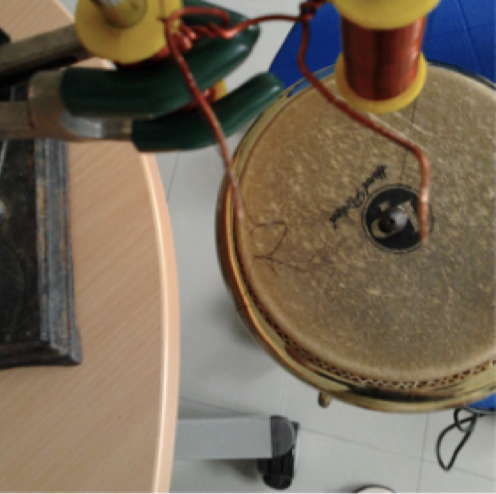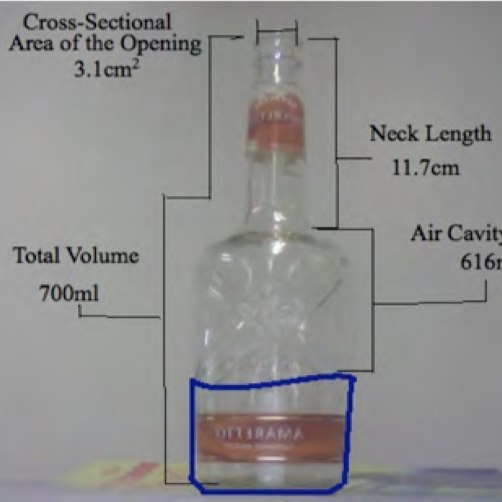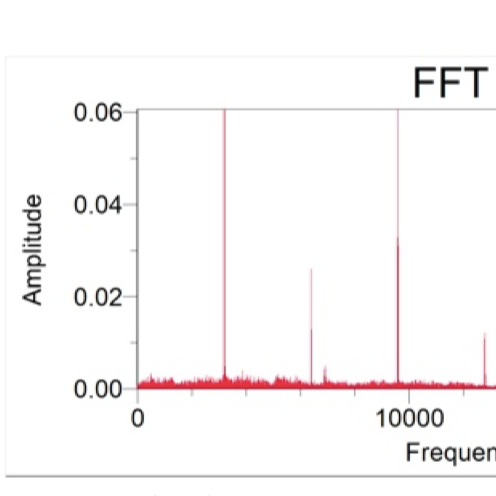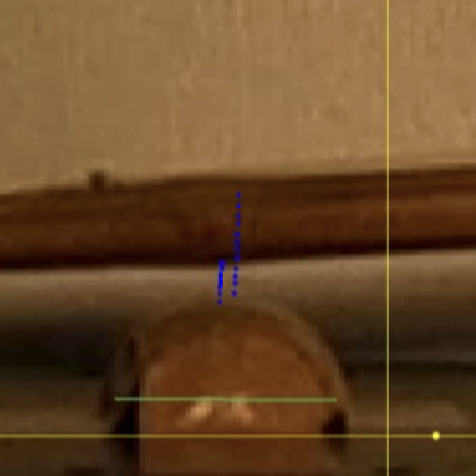ISB Journal of Physics
Volume 6
January - December, 2012
Archived under the ISJOS collection
A small steel ball was dropped onto the center of a bongo drum. The relationship between impact energy and the maximum amplitude of the sound produced upon impact was determined using release heights ranging from 5 to 70 cm. It was found that there was a power relation between the impact energy and the maximum amplitude of the sound, indicating that the partitioning of energy in the system is dependent on impact energy.
The Helmholtz Resonance equation derived in the 1800’s describes the nature of resonance in narrow-necked vessels, known as Helmholtz Resonators. It is commonly accepted that when air is blown across the opening of a bottle, the resonance can be modeled by the Helmholtz equation. Resonance was studied in two differently shaped bottles as the volume of the air cavity was varied. It was found that resonance in one of the bottles was accurately modeled by the Helmholtz equation but not in the other.
When air is blown strongly through a straw and across a hole in a hollow sphere, a high-pitched whistling sound is heard. This paper tests two models, Helmholtz Resonance and Spherical Harmonics, to determine which most accurately models this phenomenon. This was done by measuring the frequencies produced when air was blown across identical spheres with different hole sizes, as well as across spheres of different volumes with identical holes. The frequencies were found to closely match frequencies predicted by spherical harmonics.
An expert swordsman struck a target with a kendo sword. The velocity and force of the strike were measured. The relationship between the strike velocity, impact force and effective mass of the sword was investigated. It was shown that the effective mass of the sword remains constant for typical strike velocities.




